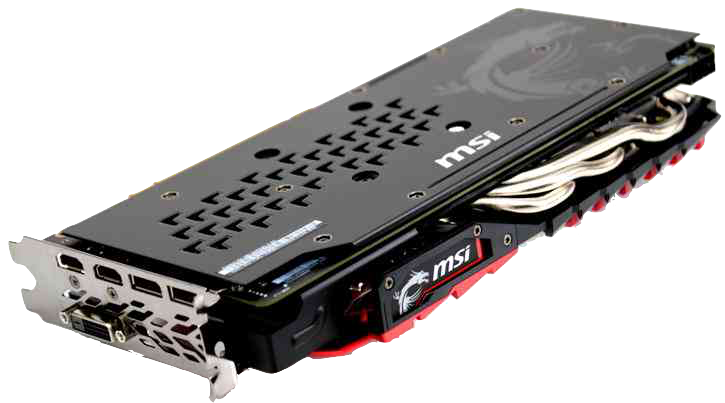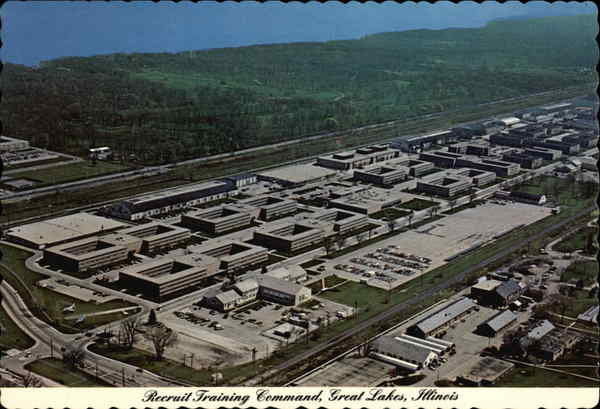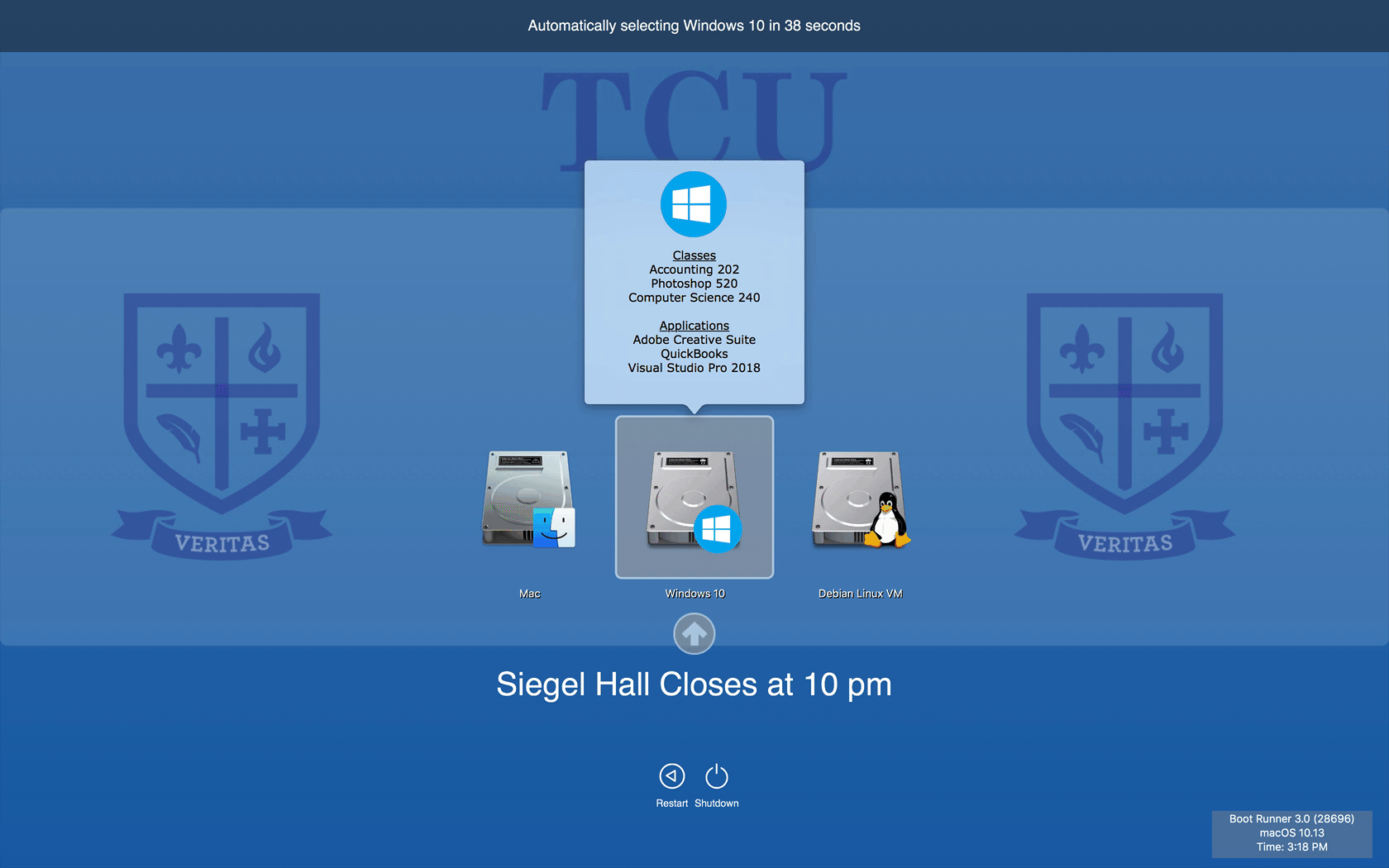What you need to install Windows 10 on Mac
Boot camps can be held indoors at a gym, outdoors in a park or on a beach, in a backyard — anywhere there’s room for running, jumping and sweating. Some instructors also provide DVD and online boot camps. You can also find boot camps tailored to your heart’s desire, such as bikini boot camp, or boot camps for new mothers. You can even take a customized boot camp for $1,400 a month that is tailored to your career needs. Alternatively, the part-time courses start at $400 and are focused on mastering a specific skill. Courses can be completed at your own pace, and require anywhere from 7 to 10 hours per week of work on average. Boot Camp is a program that allows users of Intel-based Macintosh computers to run the Microsoft Windows XP operating system. Once Boot Camp has been installed on the Mac's hard drive, the machine can be restarted (re-booted) using either Mac OS X or Windows XP. Boot Camp will be incorporated as a standard feature of the next release of Mac.
- MacBook introduced in 2015 or later
- MacBook Air introduced in 2012 or later
- MacBook Pro introduced in 2012 or later
- Mac mini introduced in 2012 or later
- iMac introduced in 2012 or later1
- iMac Pro (all models)
- Mac Pro introduced in 2013 or later
The latest macOS updates, which can include updates to Boot Camp Assistant. You will use Boot Camp Assistant to install Windows 10.
64GB or more free storage space on your Mac startup disk:
- Your Mac can have as little as 64GB of free storage space, but at least 128GB of free storage space provides the best experience. Automatic Windows updates require that much space or more.
- If you have an iMac Pro or Mac Pro with 128GB of memory (RAM) or more, your startup disk needs at least as much free storage space as your Mac has memory.2


An external USB flash drive with a storage capacity of 16GB or more, unless you're using a Mac that doesn't need a flash drive to install Windows.
A 64-bit version of Windows 10 Home or Windows 10 Pro on a disk image (ISO) or other installation media. If installing Windows on your Mac for the first time, this must be a full version of Windows, not an upgrade.
- If your copy of Windows came on a USB flash drive, or you have a Windows product key and no installation disc, download a Windows 10 disk image from Microsoft.
- If your copy of Windows came on a DVD, you might need to create a disk image of that DVD.
How to install Windows 10 on Mac
To install Windows, use Boot Camp Assistant, which is included with your Mac.
1. Check your Secure Boot setting
Learn how to check your Secure Boot setting. The default Secure Boot setting is Full Security. If you changed it to No Security, change it back to Full Security before installing Windows. After installing Windows, you can use any Secure Boot setting without affecting your ability to start up from Windows.
2. Use Boot Camp Assistant to create a Windows partition
Tamela mann i can only imagine mp3gradelasopa. Open Boot Camp Assistant, which is in the Utilities folder of your Applications folder. Follow the onscreen instructions.
- If you're asked to insert a USB drive, plug your USB flash drive into your Mac. Boot Camp Assistant will use it to create a bootable USB drive for Windows installation.
- When Boot Camp Assistant asks you to set the size of the Windows partition, remember the minimum storage-space requirements in the previous section. Set a partition size that meets your needs, because you can't change its size later.
3. Format the Windows (BOOTCAMP) partition
When Boot Camp Assistant finishes, your Mac restarts to the Windows installer. If the installer asks where to install Windows, select the BOOTCAMP partition and click Format. In most cases, the installer selects and formats the BOOTCAMP partition automatically.
4. Install Windows
Unplug any external devices that aren't necessary during installation. Then click Next and follow the onscreen instructions to begin installing Windows.
5. Use the Boot Camp installer in Windows
After Windows installation completes, your Mac starts up in Windows and opens a ”Welcome to the Boot Camp installer” window. Follow the onscreen instructions to install Boot Camp and Windows support software (drivers). You will be asked to restart when done.
- If the Boot Camp installer never opens, open the Boot Camp installer manually and use it to complete Boot Camp installation.
- If you have an external display connected to a Thunderbolt 3 port on your Mac, the display will be blank (black, gray, or blue) for up to 2 minutes during installation.
How to switch between Windows and macOS
Iso 27002 2013 pdf. Restart, then press and hold the Option (or Alt) ⌥ key during startup to switch between Windows and macOS.
Learn more
If you have one of these Intel-based Mac models using OS X El Capitan or later, you don't need a USB flash drive to install Windows:
- MacBook introduced in 2015 or later
- MacBook Air introduced in 2017 or later3
- MacBook Pro introduced in 2015 or later3
- iMac introduced in 2015 or later
- iMac Pro (all models)
- Mac Pro introduced in late 2013 or later
To remove Windows from your Mac, use Boot Camp Assistant, not any other utility.
For more information about using Windows on your Mac, open Boot Camp Assistant and click the Open Boot Camp Help button.
1. If you're using an iMac (Retina 5K, 27-inch, Late 2014) or iMac (27-inch, Late 2013) or iMac (27-inch, Late 2012) with a 3TB hard drive and macOS Mojave or later, learn about an alert you might see during installation.
Boot Camp Mcrd San Diego
2. For example, if your Mac has 128GB of memory, its startup disk must have at least 128GB of storage space available for Windows. To see how much memory your Mac has, choose Apple menu > About This Mac. To see how much storage space is available, click the Storage tab in the same window.
3. These Mac models were offered with 128GB hard drives as an option. Apple recommends 256GB or larger hard drives so that you can create a Boot Camp partition of at least 128GB.
Join us for a stimulating three-day immersion in environmental law at Eastern Boot Camp. This intensive course for new and seasoned professionals explores the substance and practice of environmental law.
Why Eastern Boot Camp?

Both Eastern and Western Boot Camps provide an excellent overview of environmental law and cover similar material. However, they follow slightly different agendas and have a few other differences:
- Both have top-rated faculty members, who tend to be from the respective region.
- Eastern Boot Camp tends to have more participants, has more intensive networking opportunities, and is slightly more comprehensive in content.
- Western Boot Camp tends to be smaller, has more personal attention, and includes an integrative project.
Here is a typical Eastern Boot Camp agenda:
- National Environmental Policy Act (NEPA)
- Endangered Species Act (ESA)
- Clean Water Act (CWA)
- Civil and Criminal Enforcement
- Federal Chemical Regulation
- Energy Law for Environmental Professionals
- Due Diligence Considerations in Transactional Environmental Law
- Clean Air Act (CAA)
- Resource Conservation and Recovery Act (RCRA)
- Ethics in Environmental Law
- Comprehensive Environmental Response, Compensation, and Liability Act (CERCLA)
Mcrd Boot Camp Photos
Eastern Boot Camp Registration, Agenda, and More.. [NOTE: Items below will be updated as information is available. Registration is now open.]
Mcrd Boot Camp Schedule
2020 Location and Accommodations [ALL virtual]
